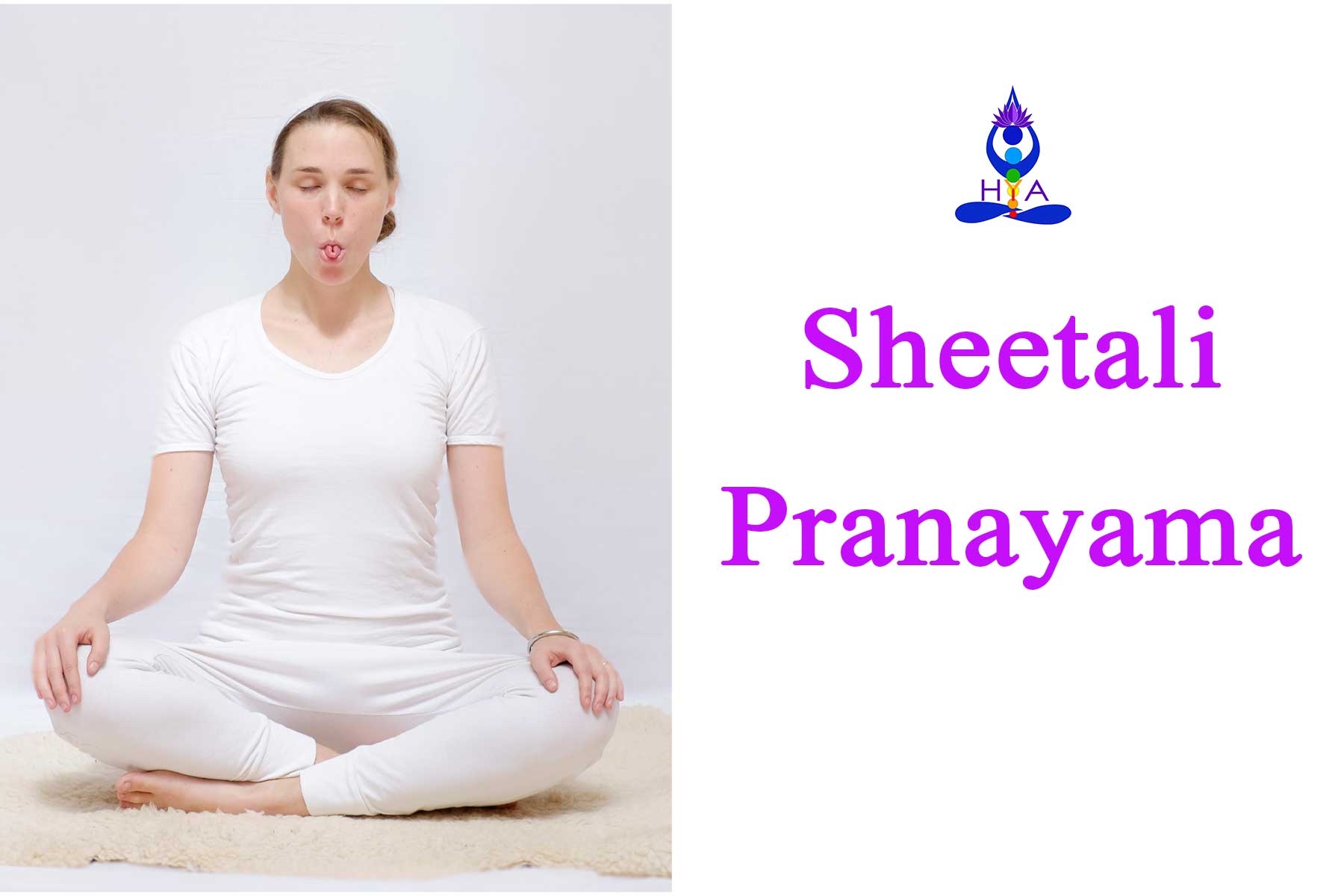
22 Jun 2021 HYN Himalayan Yoga Academy
Sheetali Pranayama or the cooling breath is usually done after practicing other asanas and pranayamas. This Pranayama cools the body. Sheetali in Sanskrit means ‘cooling’. Sheetali pranayama is mentioned in the yoga texts Hatha Yoga Pradeepika and Gheranda Samhita.
In the ancient text of Hatha Yoga Pradipika, Swami Swatmaram says that a person becomes young and attractive by practicing this pranayama. Also, he says that this pranayama removes excess heat accumulated in the system, reduces the excess biles, corrects the disorders of the spleen, and works on fever. This pranayama gives control over hunger and thirst.
Steps of Sheetali Pranayama
1. Sit in any comfortable meditation posture.
2. Close the eyes and relax the whole body.
3. Extend the tongue outside the mouth as far as possible without strain.
4. Roll the sides of the tongue up so that it forms a tube.
5. Practice a long, smooth, and controlled inhalation through the rolled tongue.
6. At the end of inhalation, draw the tongue in, close the mouth, and exhale through the nose.
7. Practice yogic breathing throughout.
8. The breath should produce a sucking sound.
9. A feeling of icy coldness will be experienced on the tongue and the roof of mouth .
10. This is one round.
Benefits of Sheetali Pranayama
1. This practice cools the body and affects important brain centers associated with biological drives and temperature regulation.
2. It cools and reduces mental and emotional excitation, and encourages the free flow of prana throughout the body.
3. It induces muscular relaxation, mental tranquility and may be used as a tranquilizer before sleep.
4. Gives control over hunger and thirst and generates a feeling of satisfaction.
Contra-Indications of Sheetali Pranayama
1. People suffering from low blood pressure or respiratory disorders such as asthma, bronchitis, and excessive mucus should not practice this pranayama.
2. Those with heart diseases should practice without breath retention.
3. This practice cools down the activity of the lower energy centre and therefore those suffering from chronic constipation should avoid it.
4. Generally, practitioners should avoid practicing this pranayama in winter or cool climates.
